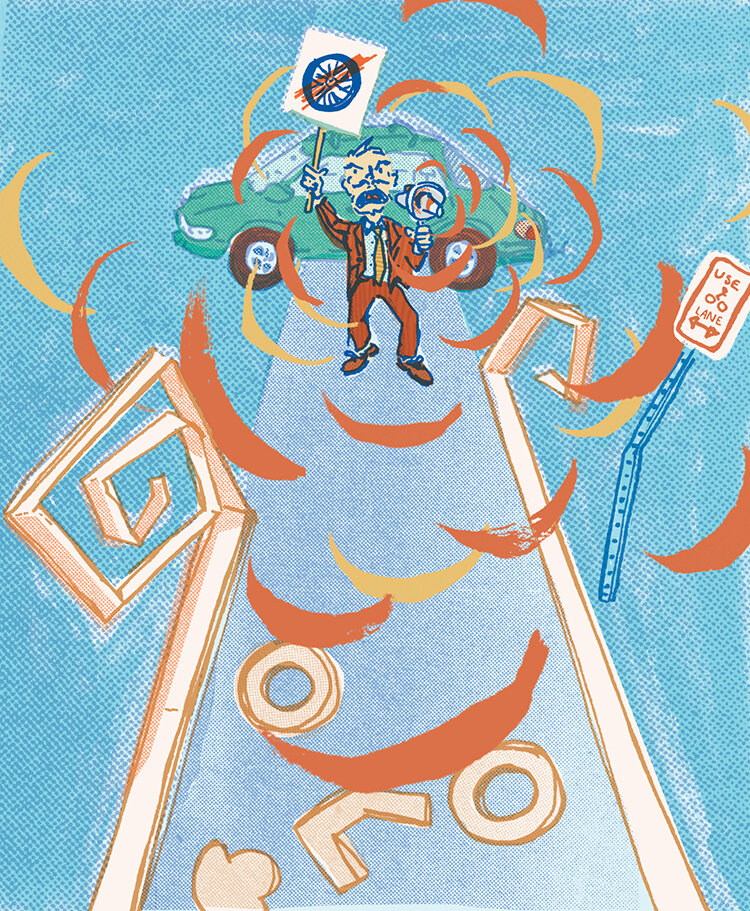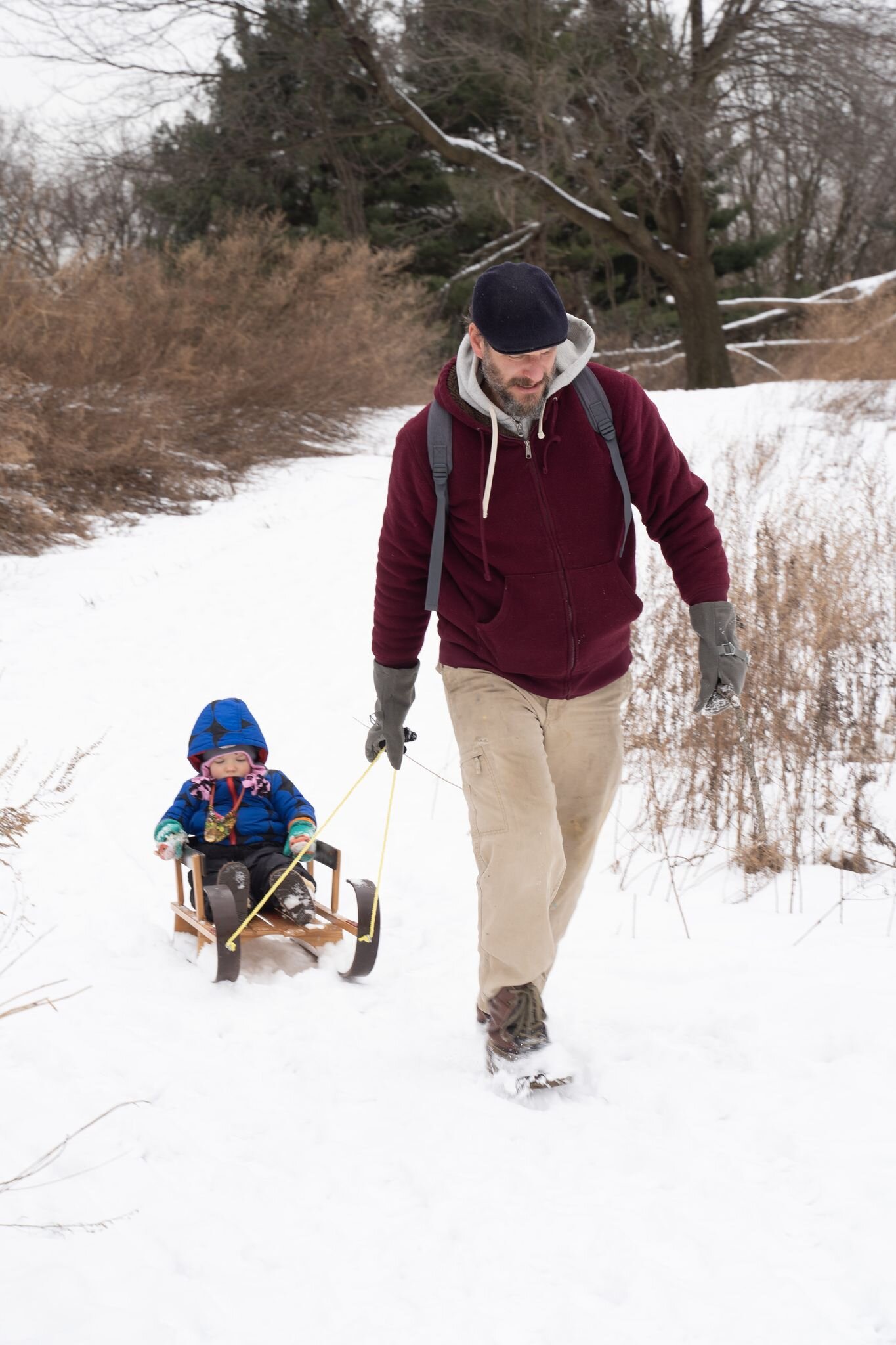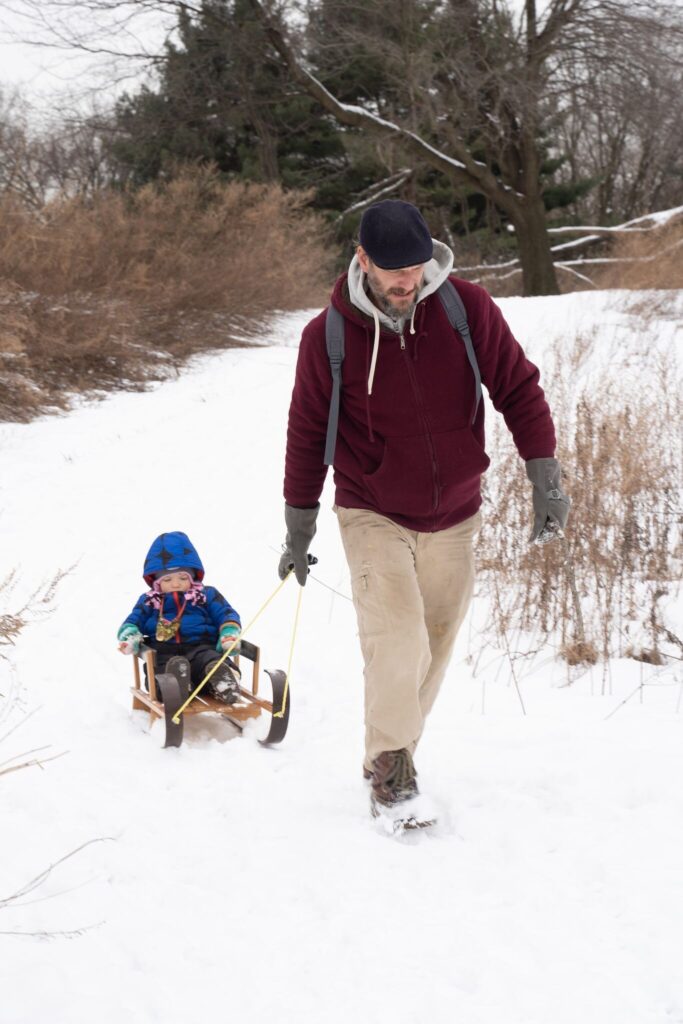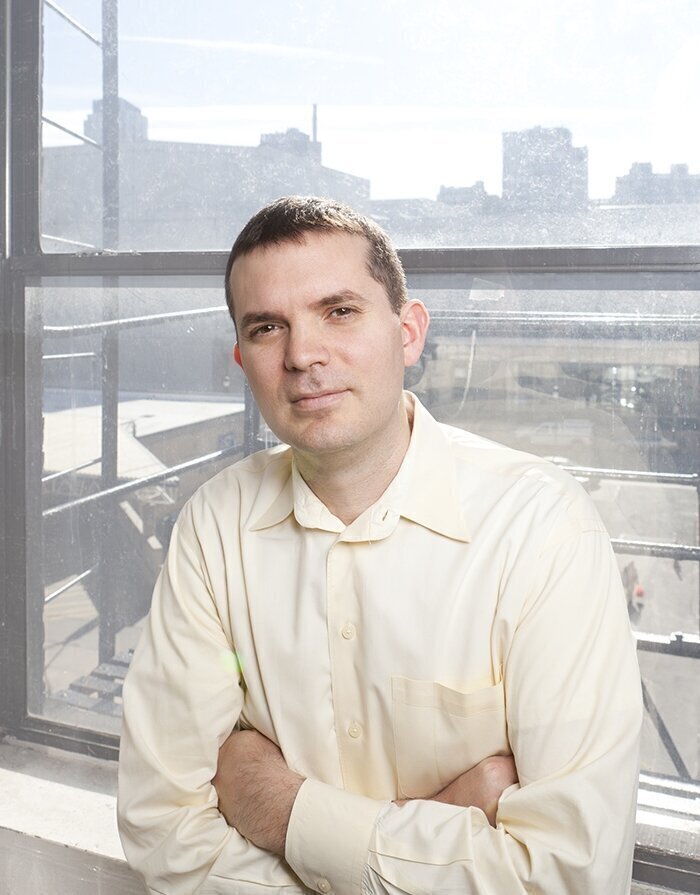Over the last few years, the two-way protected bike lane on 11th Street has provided a safer route for thousands of people who commute and run errands in South Philadelphia every day. It’s become such an important route for cyclists, in fact, the city now plows the lane when it snows.
But it nearly didn’t happen.
In the summer of 2019 I reported on an out-of-control community meeting held to promote discussion of the lane between Bainbridge and Wharton streets.
While reconstructing the street, the city had removed about 17 parking spaces, and outrage over this prompted many in attendance to curse, scream and issue threats.
Although those who opposed the new streetscape were outnumbered by those who supported it, the people against the infrastructure for bicyclists were louder.

After the meeting, a few parking spots were restored, but today the bike lane is still there—and it’s basically a non-issue. It’s become part of the landscape, and people have learned to live with it. The problem wasn’t so much with the change but with the anticipation of change.
Whether it’s a bike lane, a trail, a building or a stop sign, there is always going to be at least a small contingent of people opposed for any number of reasons, a big one being the status quo is familiar and comfortable.
With the planning process as it currently exists, a small portion of the public not only gets a say in how the project works but also in some cases, whether it exists at all. Community meetings too often become a vehicle for whataboutism and distrust of the government.
And this isn’t just a Philadelphia problem. The destruction of fully planned and funded initiatives happens everywhere. But the city government of Washington, D.C., found one way to stop this. They made it the law that streets designated for bike lanes have to install bike lanes. The public, then, provides comments on implementation.
“If a road segment undergoing construction has been pre-identified as a candidate for a protected bike lane, bus-only lane or private-vehicle-free corridor, then it must be rebuilt with that new feature,” explained journalist Josh Kramer of the law in Bloomberg’s CityLab. “By mandating protected bicycle infrastructure whenever roadwork is undertaken, much of the usual political and community resistance to bike lanes can be eliminated, speeding the spread of safer streetscapes, block by block, across the city.”
This new law, said Kramer, has led to community meetings in which attendees decide not whether a bike lane or crosswalk will go in, but how it will go in. Such a change keeps the civic theatrics at bay and allows the community to work together to come up with a plan that serves everyone.
Like Philly, D.C. has struggled to meet its Vision Zero goals and saw an uptick in traffic deaths in 2020 over 2019 (from 27 in 2019 to 36 in 2020). Philadelphia, on the other hand, saw 153 traffic deaths in 2020—a 70 percent increase over 2019, and deadly hit-and-runs more than doubled. Our current laws would not allow a D.C.-like policy to exist, though we’re actually really close to it.
In 2012 Philadelphia City Council signed its Complete Streets plan into law. The plan laid out then-modern street engineering processes and detailed what types of safe infrastructure can and should be used on city streets—from the colonial-era streets in Old City and Society Hill to the ill-thought-out urban highways in North and Northeast Philadelphia.
Today, that guide is still used when planning for upcoming safety and Complete Streets projects, as well as securing federal funds for safer streets.
The problem? When City Council signed the guide into law, they did so with veto power over any project that comes from it. Their want or need to scrap projects often comes from the political theater of open civic meetings or someone politically-connected asking a councilmember for a veto, independently.
This use of councilmanic prerogative to adhere to constituents’ wishes is, in part, an overcorrection from a bygone era in which cities attempted to compete with suburbs by using federal block grants to replace entire city neighborhoods with urban highways for white suburbanites.
Our current system gives extended clout to wealthier neighborhoods, and specifically the constituents in those neighborhoods who have the time to attend evening meetings. And it does this in the name of democracy.
In Philadelphia and elsewhere, litigating every neighborhood project and allowing for vetoes of basic engineering projects, can be detrimental to the communities these projects are supposed to serve.
“The most resourced neighborhoods are typically the most successful in lobbying against projects,” Los Angeles Councilmember Nithya Raman wrote on Twitter, of this same process in her city, but of housing. “This further perpetuates inequality in a city where new housing construction is vastly uneven, and rarely in job- and resource-rich neighborhoods.”
Los Angeles, Philadelphia and Chicago infamously have the harshest rules for installing infrastructure and housing, allowing for councilmanic prerogative on virtually any project.
No one wants to see the sort of urban renewal projects and processes of the 1960s and ’70s that devastated neighborhoods and communities’ relationships with their government. But a system that prioritizes the feelings of the few over the safety of the many isn’t equitable or sustainable.
As cities like Washington, D.C., address the importance of peoples’ lives, as opposed to their feelings, Philadelphia needs to begin thinking about how and why councilmembers are given veto power over projects that have been planned and funded with input from the public. And with traffic deaths skyrocketing, the time to figure this out is now.







